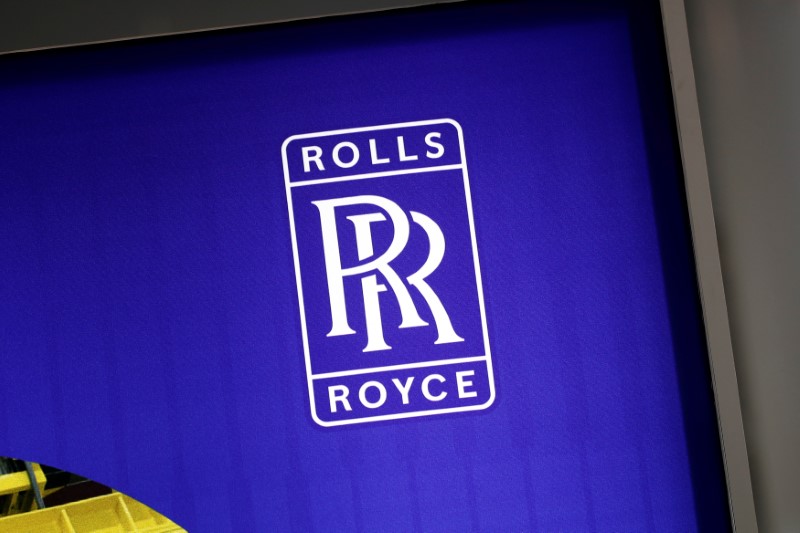Two National Guard members shot near White House
Investing.com -- RBC Capital Markets has initiated coverage on the British engineering company Rolls-Royce Holdings Plc (LON:RR) with an “outperform” rating and a price target of 1,275 pence per share, implying about 17% upside from the current level of approximately 1,094.5 pence, in a note dated Tuesday.
The upgrade is grounded in RBC’s view that Rolls-Royce now operates from a far more stable and cash-generative foundation, following a multi-year turnaround.
The analysts use a sum-of-the-parts (SOTP) valuation, in which the widebody civil engine business, though only about 37% of sales, is modeled to account for roughly 70% of the company’s value.
RBC projects a free cash flow (FCF) yield of 4.4% in 2026, which is significantly higher than its peer average of 3.2%, underscoring Rolls-Royce’s improving cash generation profile.
Key to the thesis is the strength and defensibility of its widebody engine portfolio, where it competes in a duopoly with GE Aerospace.
Since its generational Trent engines have gained share, RBC forecasts that Rolls-Royce will outgrow the market by around 200 basis points annually.
This supports their assumption of an 8% compound annual sales growth for the group through 2030, broadly in line with peers.
RBC also expects the widebody division to remain in a “cash-harvest” phase, since next-generation widebody engines may not begin in earnest until 2040 or later.
Their model spans all the way to 2080, valuing the commercial widebody franchise at £68 billion under current programs.
Beyond aerospace, RBC highlights strong prospects in Power Systems (diesel/gas engines for data centres, military, rail), projecting around 10% mid-term annual growth, and in Defence, also contributing significantly to the group’s value.
These divisions are valued via peer multiples, with Power Systems at a slight discount to peers such as Caterpillar, Cummins, Wärtsilä, and GE Vernova.
Importantly, RBC’s SOTP valuation is deliberately conservative: it does not include value for future engine programs (such as Ultrafan) or the company’s small modular reactor (SMR) exposure. Still, analysts estimate that those could add up to 400 pence per share in additional value if realized.
On the financial forecast front, RBC models revenues rising from £19.67 billion in 2025 to £21.51 billion in 2026 and £23.18 billion in 2027.
Corresponding EBITA estimates are £3.23 billion (2025), £3.51 billion (2026), and £3.88 billion (2027). Their segment compound annual growth rate forecasts through 2030 are approximately 9.4% for Civil Aerospace, around 8% for Power Systems, and about 4% for Defence.
RBC also points to material execution risk: consensus analyst estimates are already 9-20% above its own mid-term targets. While that could limit the immediate upside, RBC believes the stock’s valuation is compelling, particularly given the projected free cash flow yields: 4.4% in 2026, rising to 5.2% by 2029, which they note is at or above sector averages.
